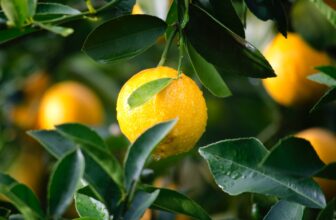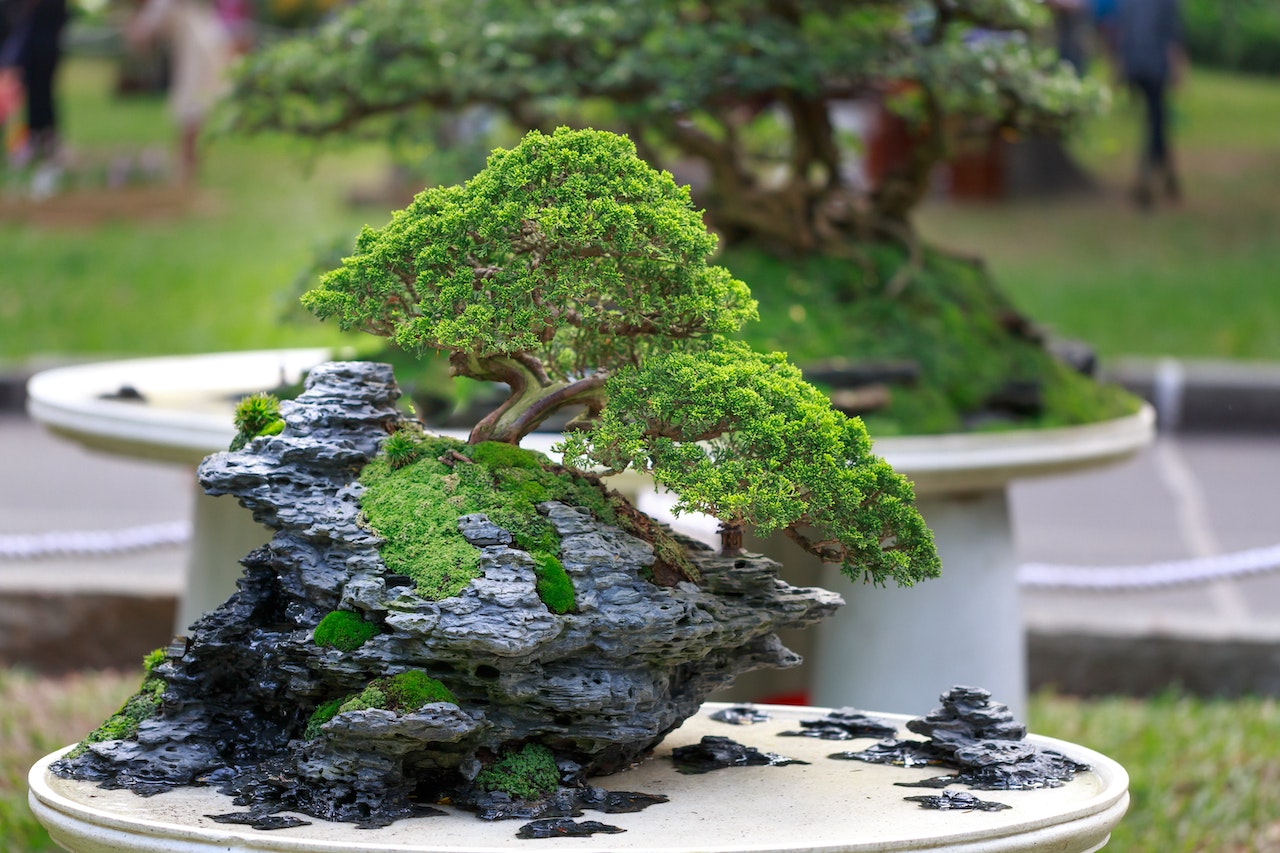
Table of Contents
Bonsai is an ancient art form that originated in China over a thousand years ago and was later adopted and refined by the Japanese. The term “bonsai” literally translates to “planted in a container” and refers to the practice of growing and training miniature trees in small pots. These tiny trees are carefully cultivated and shaped over years to create stunning and intricate living sculptures that can be enjoyed for generations.
Bonsai is not just a hobby or pastime, but a way of life for many enthusiasts around the world. It requires patience, dedication, and a deep respect for nature and its rhythms. Whether you are a seasoned bonsai master or just starting out, the art of bonsai offers a unique opportunity to connect with the natural world and express your creativity in a truly remarkable way.
In this article, we’ll explore the history, techniques, and aesthetics of bonsai and delve into the fascinating world of this ancient art form.
What is Bonsai?
Bonsai is a Japanese word and is formed by joining two words: bon, which means a dish or container, and sai, which means a tree. The combined meaning of both these words is a tree in a shallow dish or container.
This is a fascinating horticulture art in which rather than cultivating dwarf plants, plants that can grow to their normal height are taken and by pruning their branches regularly and their roots constricted, they are kept short.
A Brief History of Bonsai
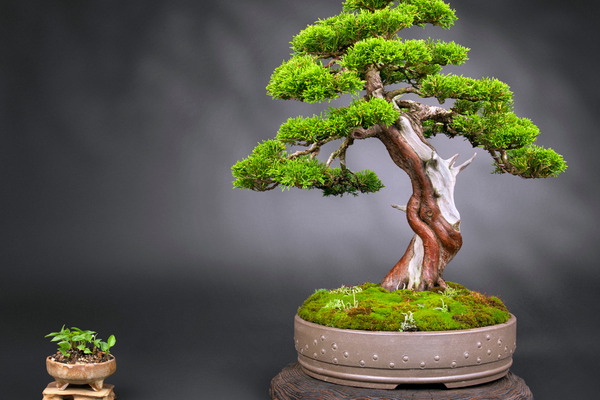
The history of bonsai can be traced back over a thousand years to ancient China. It was during the Tang dynasty (618-907 AD) that the practice of growing miniature trees in pots began to take hold. These early bonsai trees were known as “pun-sai” and were primarily used for medicinal purposes, as the small trees were believed to possess healing properties.
Over time, the practice of bonsai spread to Japan, where it was further refined and elevated to an art form. The Japanese word “bonsai” is actually derived from the Chinese term “penzai,” which means “tray planting.” It wasn’t until the 14th century that the term “bonsai” began to be used in Japan.
During the Edo period (1603-1868), bonsai began to be cultivated as a form of art and expression. Many samurai and nobles of the time were avid bonsai enthusiasts and contributed greatly to the development of the practice.
In the early 1900s, bonsai began to gain popularity around the world, particularly in Europe and the United States. Today, bonsai is a beloved art form practiced by enthusiasts all over the world, with many different styles and techniques developed over the centuries.
From its humble beginnings as a form of medicine in ancient China, bonsai has evolved into a beautiful and intricate expression of nature and artistry that continues to captivate and inspire people today.
How are Bonsai Made?
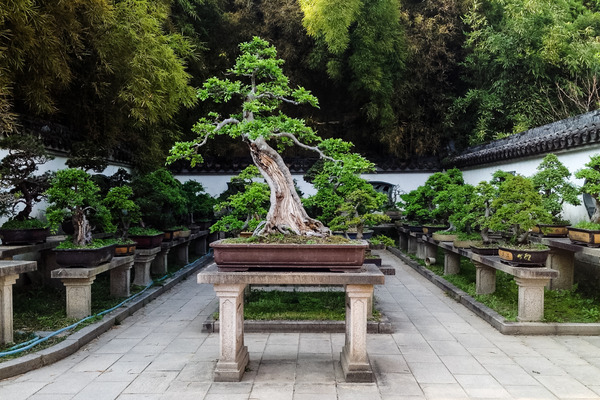
Bonsai are made through a combination of cultivation, shaping, and training techniques that help to create a miniature tree that resembles its full-sized counterpart in nature. The process of creating a bonsai can take many years, as the tree must be carefully nurtured and shaped over time to achieve the desired form.
Here are the basic steps involved in creating a bonsai:
- Selecting the tree: The first step in creating a bonsai is to select a tree that is suitable for the style of bonsai you want to create. Trees that have small leaves and branches are typically preferred, as they are easier to train and shape. The tree should also have a strong trunk and a good root system.
- Pruning: Once the tree has been selected, the first step is to prune away any branches or shoots that are not necessary for the desired shape of the bonsai. This helps to direct the growth of the tree and create a more compact, attractive form.
- Wiring: After pruning, the tree is wired to help guide the growth of the branches and trunk. Copper or aluminum wire is typically used for this purpose, as it is flexible and strong enough to hold the branches in place.
- Shaping: Once the tree has been wired, it can be shaped using various techniques such as bending, twisting, and carving. The goal is to create a form that is aesthetically pleasing and resembles a miniature version of a full-sized tree.
- Training: As the bonsai tree grows, it must be regularly trained and pruned to maintain its shape and promote healthy growth. This involves carefully monitoring the tree’s water and nutrient needs, as well as adjusting the wiring and pruning as necessary.
- Potting: Finally, the bonsai is potted in a suitable container that is in proportion to the size of the tree. The pot should be deep enough to accommodate the roots, but not so deep that it obstructs the flow of water and nutrients.
Creating a bonsai tree requires patience, skill, and a deep appreciation for the artistry of nature. With the right techniques and care, a bonsai can be a stunning and intricate living sculpture that can be enjoyed for many years to come.
Size Classifications of Bonsai
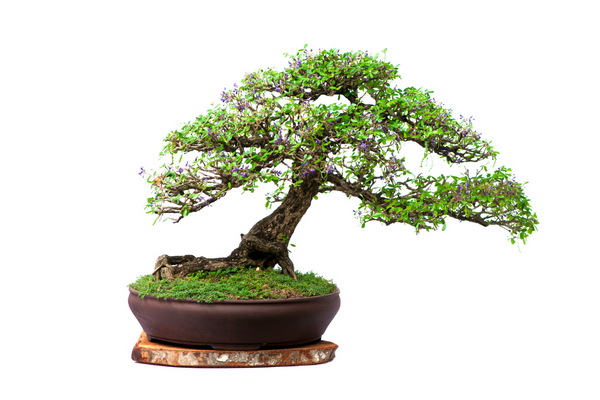
There are different names given to the different sizes of Bonsai. Let’s have a look at some of these.
| Keshitsubo | a fingertip bonsai that grows up to 3 to 8 cm or 1-3 inches |
| Shito | a one-handed bonsai that grows up to 5 to 10 cm or 2-4 inches |
| Mame | a one-handed bonsai that grows as big as 5-15 cm, or 2-6 inches |
| Chohin | a one-handed bonsai that grows to 13-20 cm or 508 inches |
| Kumono | a one-handed bonsai that grows to 15 to 25 cm or 6 to 10 inches |
| Katade-mochi | a two-handed bonsai that grows as high as 25 to 46 cm or 10 to 18 inches |
| Chiu or Chumono | a two-handed bonsai that grows as big as 41-91 cm or 16 to 36 inches |
| Dai or Omono | a four-handed bonsai grows to about 76 to 122 cm or 30 to 48 inches |
| Hachi-uye | a six-handed bonsai that is grows to a height of 102 to 152 cm or 40 to 60 inches |
| Imperial | an eight-handed bonsai that grows as big as 152 to 203 cm or 60 to 80 inches |
Caring for Your Bonsai Tree
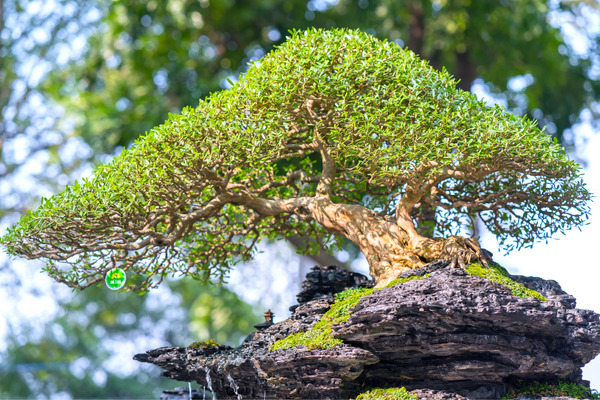
It’s true that all plants grow differently and need different types of maintenance. Let’s look at what bonsai needs to grow beautifully.
Where to Grow Bonsai – Indoors or Outdoors?
First, decide whether you want to grow your bonsai indoors or outdoors. But this isn’t entirely your decision since different trees have their specific needs.
This depends on the kind of tree the bonsai is, for example if it’s deciduous, then it should be exposed to natural weather conditions, and it is better to keep it outdoors. If you try to grow a deciduous bonsai indoors, then it would struggle because of a lack of natural weather conditions.
If you are growing a tropical plant such as bonsai, then don’t leave it in the cold outside, but let it stay in for the extremely cold months till all frosts have gone.
Light Needs
The biggest benefit of placing bonsai outside is that it receives maximum sunlight all day. It is also good to place it in a sunny window. Take care of the light and soil requirements. Even if you are growing your bonsai indoors, remember to take it out from time to time, so that it gets some fresh air, some dappled sunlight, and some raindrops.
Humidity and Watering
Watering and adjusting the humidity levels are one of the trickiest parts of growing and caring for bonsai. You need to mist the plant from time to time as you are growing a full tree in a small pot, which does not offer moisture retention or soil nutrients.
Check the watering needs of the plant you are growing, and then try to mimic the natural conditions as closely as possible to have the best growth.
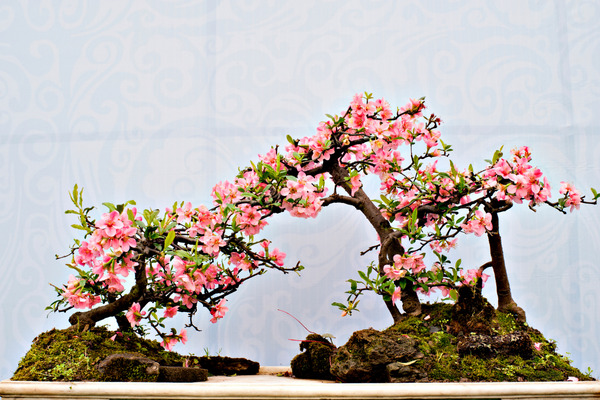
Pruning
Pruning is a fundamental part of bonsai cultivation and is essential for maintaining the health and shape of the tree. Here are some key things to know about pruning bonsai:
- Timing: The timing of pruning is crucial to the health and growth of the bonsai. Generally, pruning is done in the spring and summer when the tree is actively growing. Winter is typically not a good time for pruning as the tree is dormant and may not respond well to the stress.
- Purpose: Pruning serves several purposes in bonsai cultivation, including removing unwanted branches and shoots, promoting branching, and controlling the size and shape of the tree.
- Tools: Pruning bonsai requires specific tools, such as bonsai shears and concave cutters, which are designed to make precise cuts without damaging the tree. It’s important to keep these tools clean and sharp to prevent disease and promote healthy growth.
- Techniques: There are several pruning techniques used in bonsai cultivation, including clip and grow, directional pruning, and defoliation. Each technique has its own specific purpose and should be used with care to avoid damaging the tree.
- Frequency: How often a bonsai is pruned depends on the species, age, and growth rate of the tree. Generally, younger trees require more frequent pruning to encourage branching and maintain shape, while older trees may require less frequent pruning to maintain their overall form.
- Aftercare: After pruning, it is important to properly care for the bonsai to promote healthy growth and prevent disease. This includes watering, fertilizing, and protecting the tree from extreme temperatures and pests.
Pruning is an essential part of bonsai cultivation and can help to create a beautiful and healthy miniature tree that will bring joy and beauty for many years to come. By following the proper techniques and care guidelines, bonsai enthusiasts can create stunning and intricate living sculptures that are a testament to the artistry of nature.
Fertilizing
Fertilizing your bonsai is an important aspect of its care. Bonsai trees require nutrients to thrive and grow healthy. You should choose a good-quality fertilizer that’s specifically designed for bonsai trees. It’s best to use a balanced fertilizer, which contains a mix of nitrogen, phosphorus, and potassium.
Fertilize your bonsai during the growing season, typically from spring to fall, and reduce the frequency during the winter months. Be sure to follow the instructions on the fertilizer package, and avoid over-fertilizing as this can damage the roots and harm the tree.
FAQs about Bonsai
Yes, bonsai can be a good indoor plant if provided with adequate light, humidity, and proper care, such as regular pruning and fertilizing.
In some cultures, bonsai is considered lucky and a symbol of harmony, balance, and peace. It is not generally considered unlucky.
Giving a bonsai tree can symbolize harmony, peace, balance, and longevity. It can also represent a shared appreciation for nature and growth.
Some of the best bonsai trees for beginners include juniper, Chinese elm, ficus, and jade plants due to their hardiness and adaptability.
Bonsai trees require a lot of attention and care, including proper watering, pruning, fertilizing, and maintaining ideal growing conditions, making them challenging to care for.
Wrapping Up
Bonsai is a centuries-old living art form, but you can also start this fascinating hobby. Pruning and styling are two of the most important parts of growing a Bonsai. The shape of your Bonsai may keep on changing as you prune differently and there are many types of trees that can be grown as Bonsai trees. Just be a little artistic and patiently follow the care and maintenance needs of Bonsai trees and your efforts will be highly rewarded with an aesthetically pleasing work of art.






